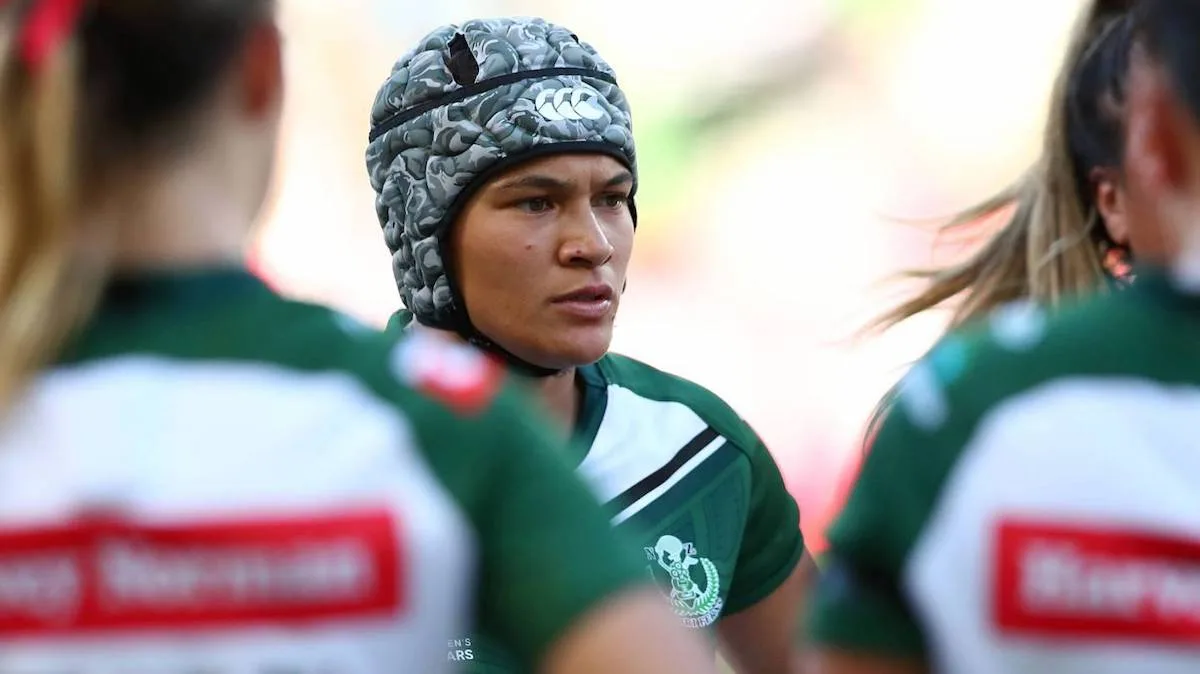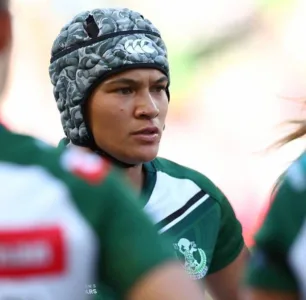Protective Gear or False Sense of Security? Exploring the Efficacy of Scrum Caps in Preventing Concussions
In the dynamic and high-impact world of sports, safety is paramount. Particularly in contact sports like rugby and American football, the risk of concussions poses a significant concern for athletes, coaches, and medical professionals alike. With the increasing attention on player welfare, various protective measures have been introduced to mitigate the risk of head injuries, one of which is the infamous scrum cap. Marketed as a solution to safeguard against concussions, scrum caps have gained popularity in recent years. But do these helmets for rugby players truly live up to their claims? In this comprehensive analysis, we delve into the science, anecdotes, and myths surrounding scrum caps and their alleged ability to prevent concussions.
The Allure of Scrum Caps: A Brief Overview
A scrum cap is a headgear often worn by rugby players during training and matches. It typically consists of a soft, padded shell that covers the skull, offering a layer of protection against impacts. The cap’s design aims to cushion blows to the head, ostensibly reducing the risk of concussions. While scrum caps were initially developed to provide some protection against superficial injuries like cuts and abrasions, they have been increasingly marketed as a potential solution for concussion prevention, raising questions about their true efficacy.
The Biomechanics of Concussions: What Happens During Impact
Before delving into the debate about scrum caps, it’s crucial to understand how concussions occur. A concussion is a traumatic brain injury resulting from a sudden impact that causes the brain to move rapidly within the skull. This movement can lead to chemical changes in the brain and damage to brain cells. It’s important to note that concussions can occur even without visible external signs of injury. Thus, the focus should be on preventing the sudden, forceful movements that lead to concussions.
The Science Behind Scrum Caps
Proponents of scrum caps argue that the headgear can mitigate the impact of collisions and thus lower the risk of concussions. However, the scientific consensus on this matter is far from settled. Studies investigating the effectiveness of scrum caps in preventing concussions have yielded conflicting results.
In 2015, a study published in the British Journal of Sports Medicine examined the impact of scrum caps on concussion rates among rugby players. The research concluded that scrum caps offered no statistically significant reduction in the incidence of concussions. Similarly, a study published in the Orthopaedic Journal of Sports Medicine in 2017 found no substantial evidence to support the idea that scrum caps were effective in preventing concussions.
Contrarily, there are studies that suggest some benefits. A 2020 study in the Journal of Sports Science & Medicine reported that scrum caps could potentially reduce the acceleration of the head during impact, which might lead to a lower risk of concussions. However, this finding was not definitive, and more research is needed to establish a causal link between scrum cap usage and concussion prevention.
The Psychological Factor: Do Scrum Caps Offer a False Sense of Security?
Beyond the physiological aspects, the psychological impact of scrum caps must also be considered. If players believe that wearing a scrum cap significantly reduces their risk of concussions, they might be inclined to engage in riskier behaviors or tackle opponents with less caution, assuming they are adequately protected. This phenomenon, known as risk compensation, could potentially negate any protective benefits the scrum cap might offer.
Real-World Anecdotes: Stories from the Field
Anecdotal evidence plays a role in shaping public perception of scrum caps’ effectiveness. Many athletes and coaches attest to feeling safer while wearing scrum caps. They recount instances where the cap appeared to cushion impacts and potentially reduce the severity of head injuries. While these stories are compelling, they should be viewed with caution. Personal experiences, while valuable, cannot replace rigorous scientific research.
The Role of Regulations: Are Scrum Caps a Regulatory Requirement?
Another aspect to consider is the stance of sports governing bodies regarding scrum cap usage. Some leagues and associations require or recommend the use of scrum caps as part of their player safety initiatives. However, it’s important to note that these mandates might be driven by factors beyond purely scientific evidence. Commercial interests, player preferences, and even aesthetics could influence these decisions.
Making an Informed Decision
When it comes to the use of scrum caps for concussion prevention, it’s essential to base decisions on a holistic understanding of the available information. While anecdotal accounts and marketing campaigns might emphasize the protective capabilities of scrum caps, the scientific community is yet to reach a consensus on their efficacy.
As a responsible athlete, coach, or parent, it’s crucial to prioritize safety and stay informed about the latest research. Engaging in open conversations with medical professionals, coaches, and players can help foster a comprehensive approach to concussion prevention. As the understanding of head injuries continues to evolve, the sports community must remain adaptable and willing to embrace evidence-based solutions that truly prioritize the well-being of athletes above all else.
In conclusion, the question remains: Can scrum caps truly help prevent concussions? The answer, based on the current body of research and expert opinions, is a nuanced one. While scrum caps might offer some level of protection against superficial injuries and potentially impact acceleration, their effectiveness in preventing concussions remains uncertain. As the world of sports strives to create safer environments for athletes, ongoing research, collaboration between stakeholders, and an unwavering commitment to evidence-based practices will be paramount in shaping the future of concussion prevention.

